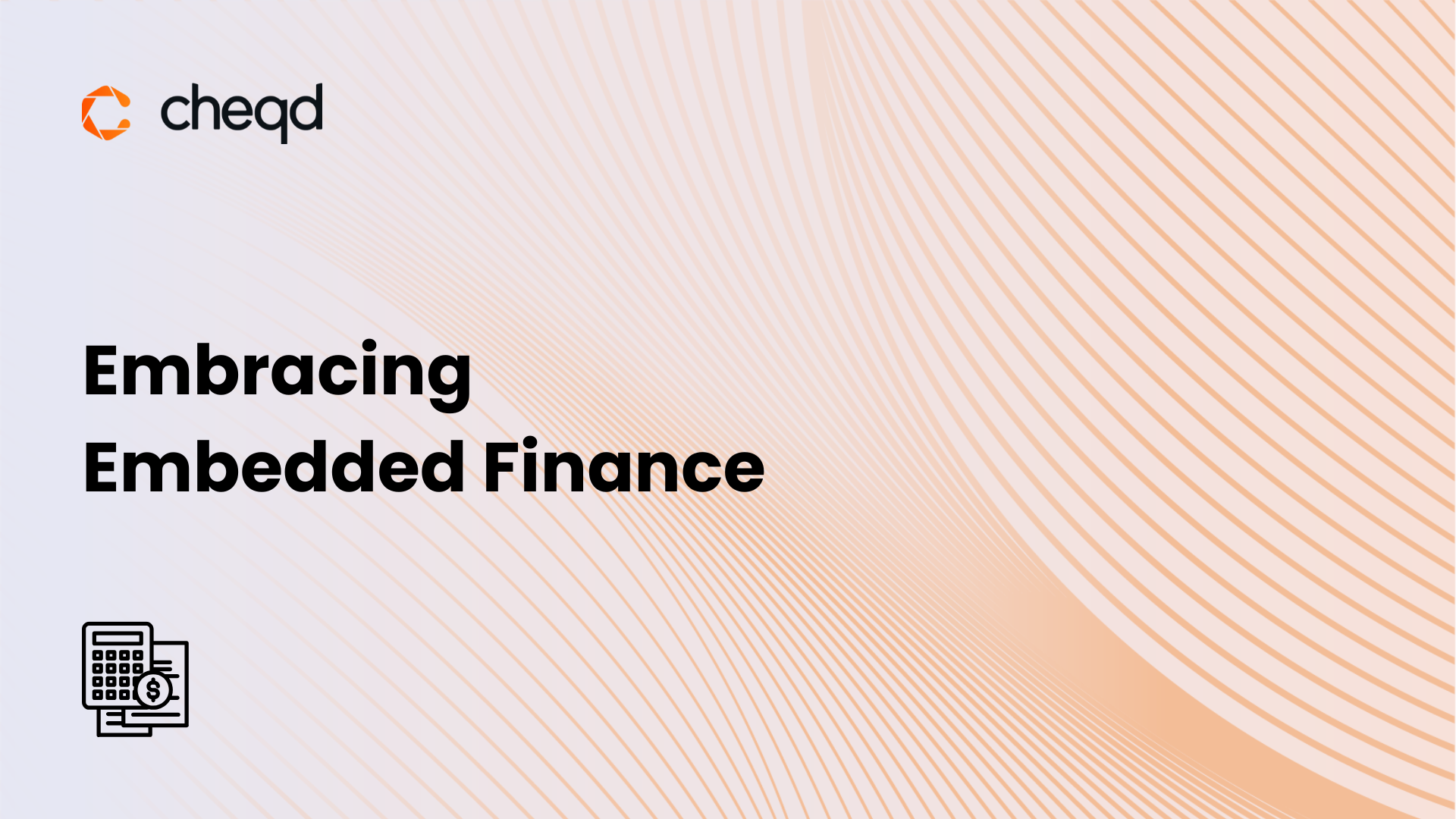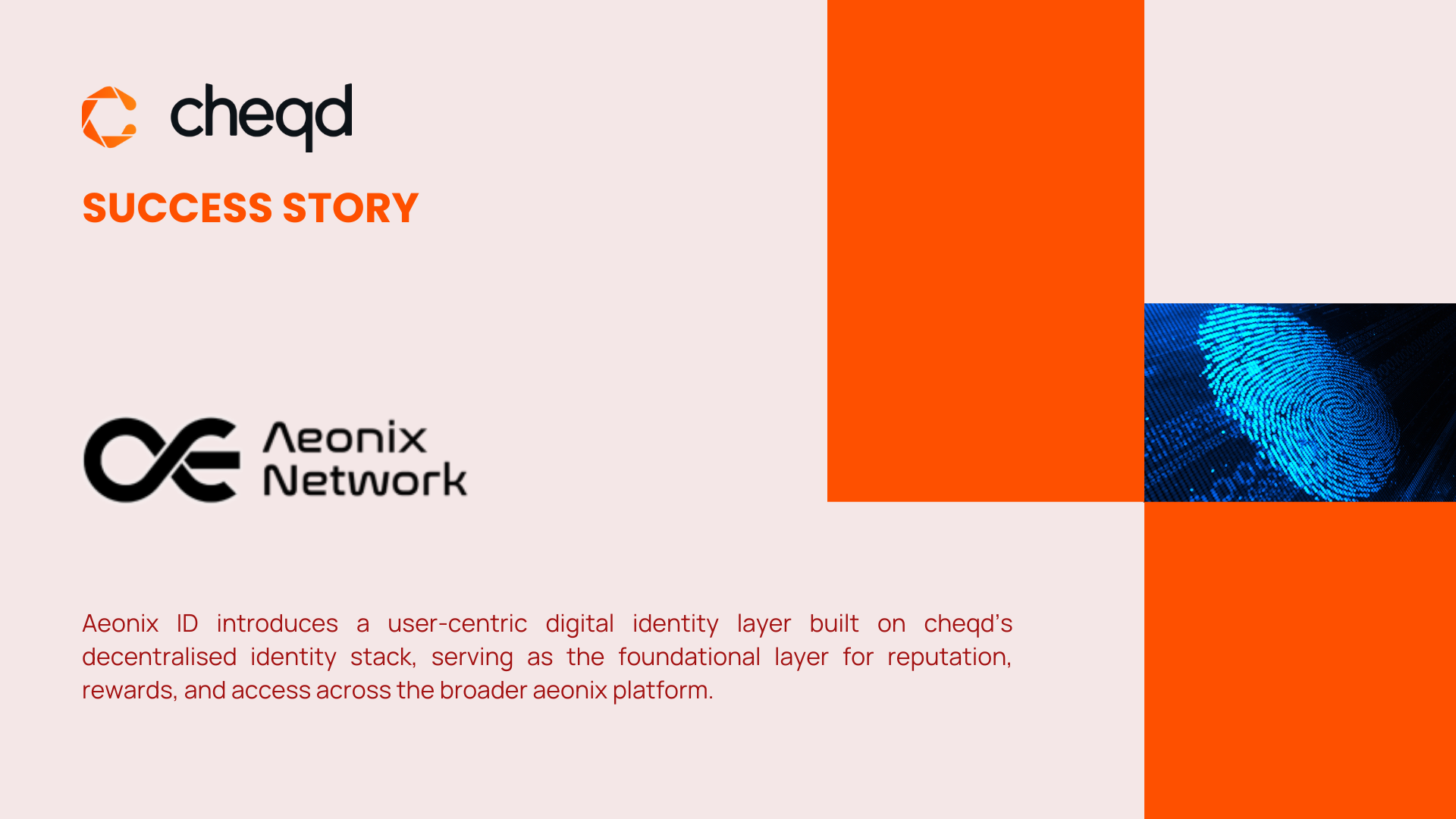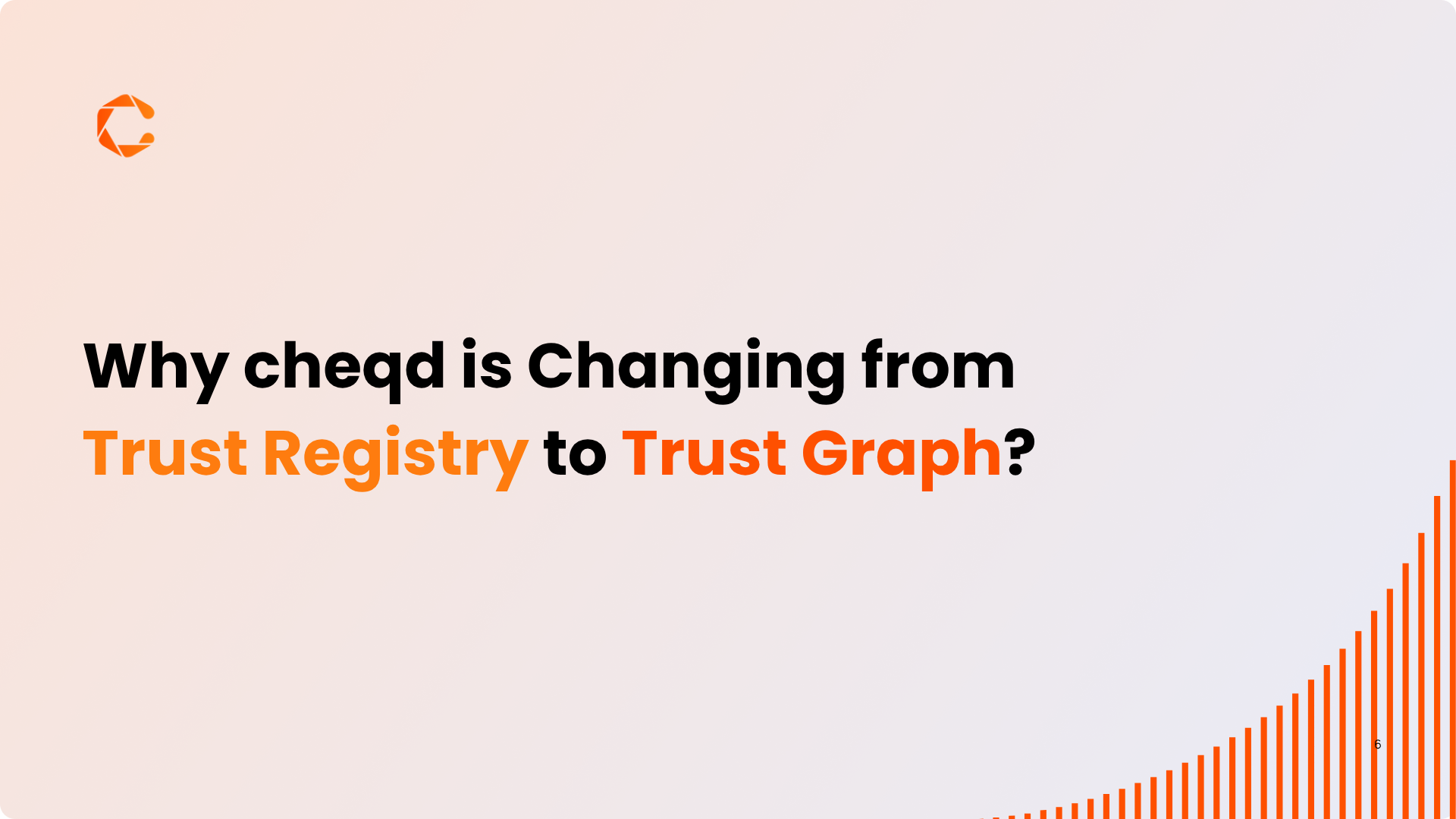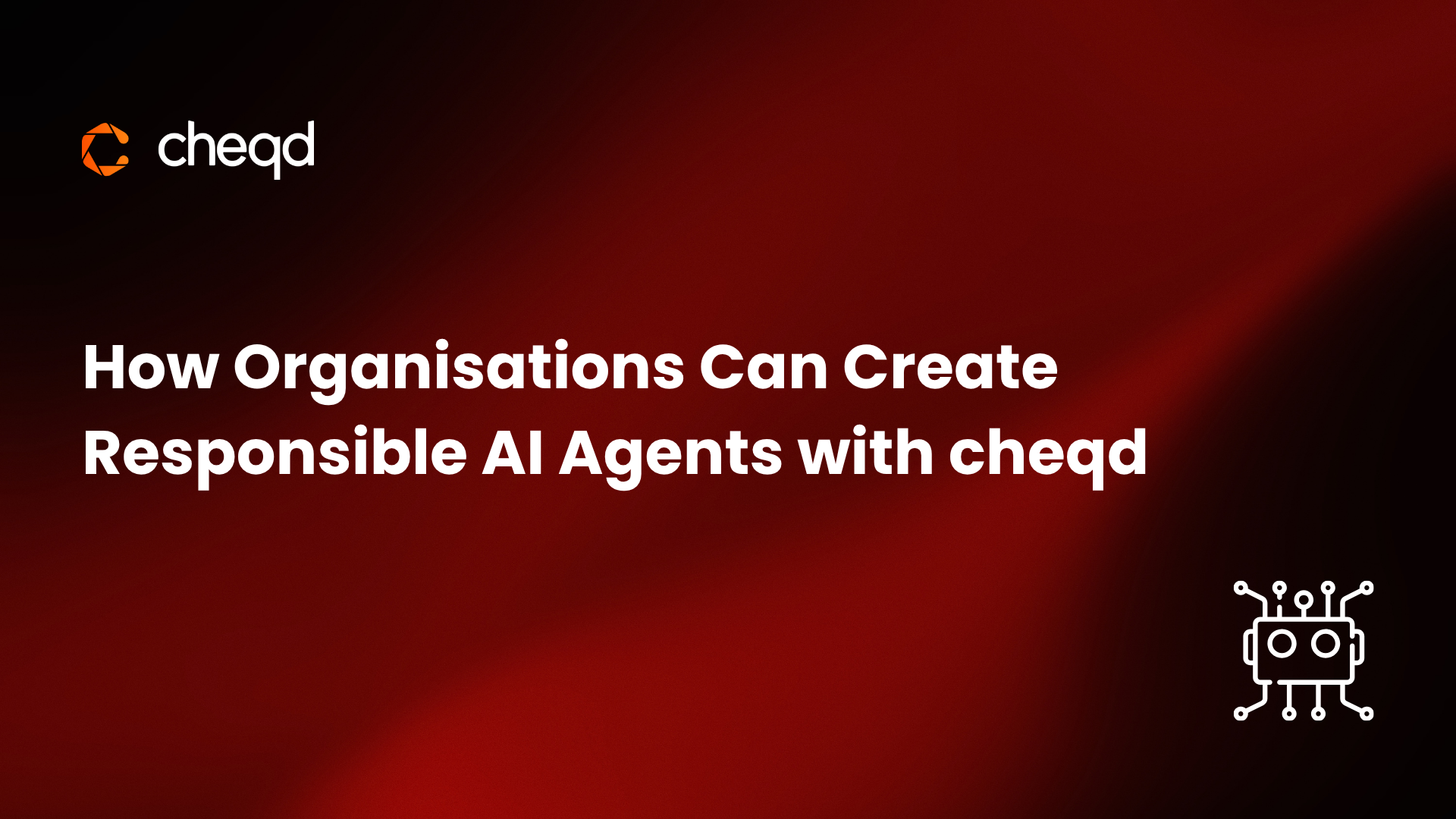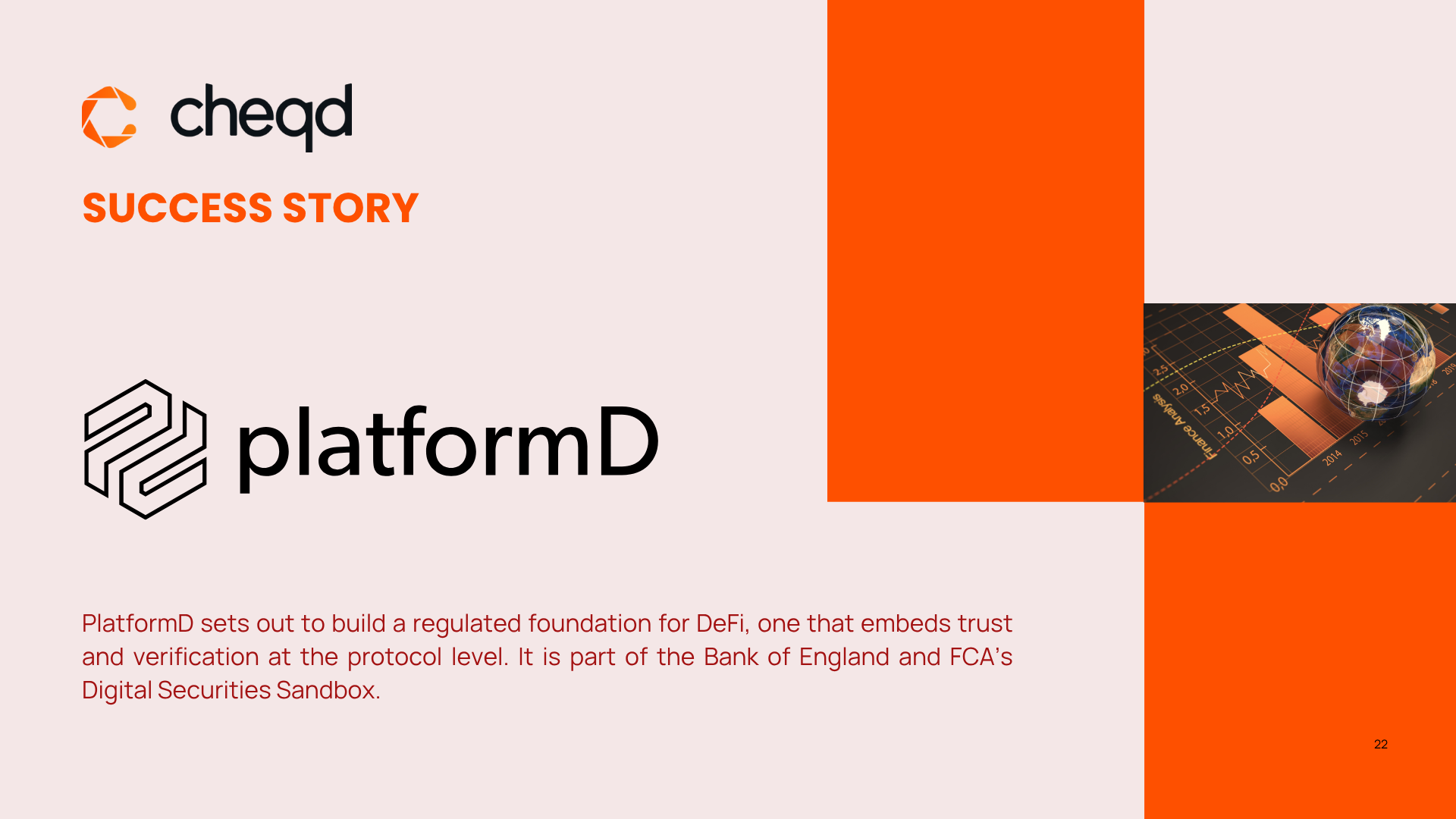Co-authored by Fraser Edwards and Teresa Chan
In previous sections / blogs (“Breaking and forging the value chain anew with SSI” and “The Value of Verifiable Credentials”) we have illustrated that value is embodied into credentials according to a range of factors:
- What insight can be derived from said data (either standalone or in conjunction with other data)
- How much effort has been expended to derive said data?
- Is it accurate?
- Is it precise?
- Is it current?
- Is it in a usable format?
- Is it from a trustworthy source?
- Is the data reusable?
This mirrors the existing paradigm where companies often collect, aggregate, analyse and sell data. However, rather than data largely being valuable in the aggregate, in this new paradigm of SSI / DID, value is much more granular and will be quantified per credential, varying according to the factors above. This requires a mindset shift by organisations who currently do not monetise credentials.
Monetising said credentials or data will establish new revenue streams. It will also reshape the commercial approaches of vendors providing technology and potentially provide routes for consortia to successfully sustain themselves.
Viewing credentials as stores of value, rather than simply provable and traceable statements of fact fits into the trend of industries transforming themselves by embracing embedded finance, e.g. Airlines (loyalty schemes), e-commerce (buy-now-pay-later) and financialisation in general.
What is embedded finance and financialisation?
Embedded finance is the term for integrating banking and other financial services into nonfinancial apps and services. Companies are merging banking, lending, insurance, and investment services with their customer offerings through application programming interfaces (APIs) linked to financial partners. (Source: Investopedia)
A well known example in recent years is buy-now-pay-later (BNPL), where third party loans / credit are offered at the point of sale, typically in e-commerce. This takes a typical sale transaction and “embeds” a loan or credit agreement. The benefits of this arrangement are typically, consumers:
- Are less likely to abandon their basket
- Will, on average, checkout baskets with higher value than without BNPL
- Are more likely to remain brand-loyal
All of these present direct benefits to the merchant and are an excellent example of the overall financialisation of the economy over time.
Financialization refers to the increase in size and importance of a country’s financial sector relative to its overall economy. The term also describes the increasing diversity of transactions and market players as well as their intersection with all parts of the economy and society. (Source: Investopedia)
A great example of financialisation’s impact is the airline industry. As highlighted in “Airlines Are Just Banks Now“, airlines such as Delta have transformed their frequent-flyer programs into sophisticated financial instruments. These loyalty programs, originally designed to reward frequent travellers, have become major revenue streams. Airlines now derive substantial income from selling miles to banks, which in turn offer them to consumers through co-branded credit cards. This shift reflects a broader trend of financialisation, where the focus has moved from merely providing transportation to leveraging financial products and services to drive profitability.
The same should be expected with credentials / trusted data.
New revenue streams
For organisations
It is obvious and easy to see that any organisation charging for the issuance, or re-use, of credentials (in the verifier-pays-issuer model) will begin generating revenue. Whilst the average per-credential value may be low, this will be countered by the sheer volume of credentials being issued across all use-cases and industries. A prime example of this are receipts, as explained in “The Value of Verifiable Credentials”, where the vast majority are low value (e.g. groceries) but some (e.g. white goods purchases) are valuable due to the information they would provide insurers. An illustrative example of the value of receipts and loyalty data are the loyalty schemes administered by the UK supermarket chains, Tesco, Sainsbury’s, Asda, etc. Whilst all make frequent reference to their loyalty schemes in their annual financial statements, none provide a definitive number to maintain some secrecy. However, Sainsbury’s purchased Nectar from Aimia for £60m in 2018, providing some reference point to the value of this data.
Sainsbury’s, which had been part of the Nectar scheme since its launch in 2002, acquired all the assets, staff, systems, and licenses necessary to operate the Nectar loyalty program independently in the UK. Loyalty cards, first popularised by Tesco’s Clubcard over two decades ago, have become a staple in British retail, enabling supermarkets to gather detailed insights into customer preferences and behaviours. Sainsbury’s noted that the acquisition would be immediately cash positive and earnings accretive, reflecting the strategic importance of controlling such data. This example highlights how even seemingly low-value transactions, like grocery receipts, can collectively generate significant value when aggregated and analysed. Conversely, higher value credentials, e.g. university degrees, will require less volume to achieve noticeable revenues.
At high volumes, revenue from credentials in aggregate will become somewhat stable and, crucially, predictable. This opens up the opportunity to establish secondary markets using financial products for these revenue streams. Similar to mortgage-backed-securities (MBS), we could, in future, see data-backed-securities, or similarly named financial products. For companies issuing credentials / data this establishes not just new revenue streams but alternative financing options.
Identifying opportunities
Recognising value per credential or credential type creates opportunities beyond immediate revenue, the value a credential can command and revenue it can generate can provide insight into what is in demand, what isn’t but also untapped opportunities. By leveraging data-driven insights, identity companies can identify key trends and patterns in customer behaviour and preferences. This knowledge enables businesses to refine their services, tailoring offerings to better meet the evolving needs and demands of their clients.
Companies can also uncover valuable data that users, or other companies might be willing to pay for. For instance, if a particular credential is already being monetised, similar credentials could be identified and offered. As before, this creates a new revenue stream, benefiting both the users and the company.
For vendors
The commoditisation of Self-Sovereign Identity, Decentralized Identifiers, and credential software is an inevitable trend as the market matures and adoption scales. Currently, most vendors in this space charge based on volume or support levels, but as credential issuance grows exponentially, particularly in high-volume use cases like digital receipts, the cost per credential will need to decrease significantly to remain competitive. For instance, the cost of paper for a physical receipt is estimated at €0.0081 ($0.0083), setting a benchmark for how low the cost of issuing a generic digital credential could reasonably go. This downward pressure on pricing reflects the natural progression of commoditisation, where standardized products or services become widely available, driving prices down as competition intensifies.
However, commoditisation doesn’t mean that all credentials will be low-value. While high-volume, low-value credentials (like receipts) will likely trend toward minimal costs, there remains significant revenue potential in higher-value credentials. For example, charging a small percentage (e.g., 1%) of the value of a credential like a university degree, where the cost to verify it online might be £14 (17.82), could yield £0.14(0.1782) per transaction. This approach, though simplified, demonstrates how a percentage-based model for higher-value credentials could generate 20 times more revenue compared to low-value, high-volume use cases.
This dual dynamic, commoditisation of low-value credentials and premium pricing for high-value ones, creates a balanced revenue model for vendors. As the market evolves, vendors will need to optimize their pricing strategies to cater to both ends of the spectrum, ensuring scalability for mass adoption while capitalising on the higher margins offered by premium credentials. This shift will also encourage innovation, as vendors differentiate themselves through value-added services, enhanced security, or specialised use cases, rather than competing solely on cost. Ultimately, commoditisation will drive efficiency and accessibility, making SSI and credentialing technologies more widely adopted across industries.
For consortia
Consortia are frequently formed to help kickstart and manage ecosystems, often with an umbrella organisation established to provide neutral governance and management. However, there have been frequent examples of these organisations and hence the ecosystems themselves failing due to a lack of commercial sustainability. For SSI / DID consortia, the model has typically been to charge membership fees typically tiered by size.
The emergence of payments for credentials, whether individual (transactional commercial model) or in aggregate (other commercial model) provides the opportunity for consortia to establish sustainable models.
A lesson can be taken from Rivopharm, a Swiss company, covered in the book Factfulness who combined advanced manufacturing automation with intelligent financial optimisation, to sell anti-malaria tablets to UNICEF at “price… …per pill lower than the cost of the raw materials”.
He smiled. “It works like this. A few years ago we saw that robotics was going to change this industry. We built this little factory, with the world’s fastest pill-making machine, which we invented. All our other processes are highly automated too. The big companies’ factories look like craftsmen’s workshops compared with us. So, we order supplies from Budapest. On Monday at six a.m. the active ingredient chloroquine arrives here on the train. By noon Wednesday afternoon, a year’s supply of malaria pills for Angola are packed in boxes ready to ship. By Thursday morning they are at the port in Genoa. UNICEF’s buyer inspects the pills and signs that he received them, and the money is paid that day into our Zurich bank account.”
“But come on. You are selling it for less than you bought it for.”
”That’s right. The Hungarians give us 30 days’ credit and UNICEF pays us after only four of those days. That gives us 26 days left to earn interest while the money is sitting in our account.” Factfulness
A similar approach taken by Amazon is explained by Eugene Wei:
Almost all customers paid by credit card, so Amazon would receive payment in a day. But they didn’t pay the average distributor or publisher for 90 days for books they purchased. This gave Amazon a magical financial quality called a negative operating cycle. With every book sale, Amazon got cash it could hang on to for weeks on end (in practice it wasn’t actually 89 days of float since Amazon did purchase some high velocity selling books ahead of time).
In both of these scenarios, working capital was optimised to either minimise costs to clients, or to generate additional revenue.
In the case of DID / credential consortia, the introduction of payment flows via the consortium (as a clearing house to minimise the payment graph and assuming appropriate levels of privacy)provides the opportunity to generate revenue for said consortia without needing to default to charging membership fees.
As above, these examples may be oversimplified. However, they illustrate the opportunities created by the monetisation of credentials.
Conclusion
As DID / credential ecosystems grow and mature, monetising credentials directly and embedding financial products into the credential flow presents a significant opportunity for companies to reshape and / or expand their revenue streams:
- For issuing organisations: new revenue stream
- For DID / credential vendors: alternate commercial structure for SaaS, charging against value of the credentials
- For consortia: alternate funding option, using yield on capital
Furthermore, monetising credentials requires calculating or assigning value to these credentials. As demand grows, firms will be able to use analytics to uncover hidden patterns and trends that reveal other monetisable credentials or data.
Ultimately, by embracing data monetisation, innovative financial products and analytics, companies can generate new or increased revenue whilst positioning themselves in a new and dynamic market.

